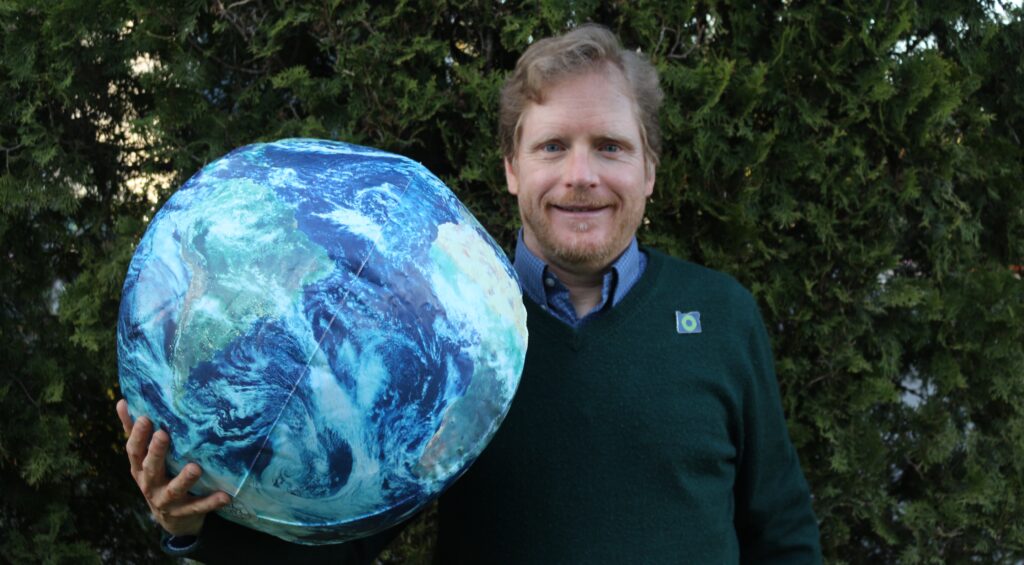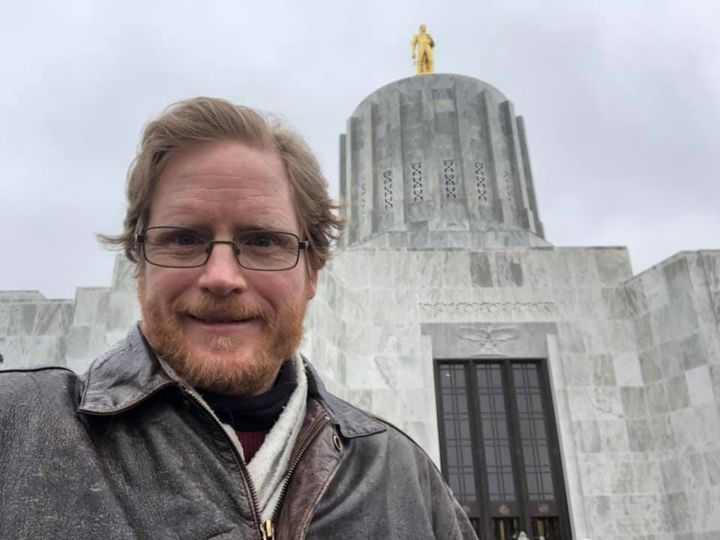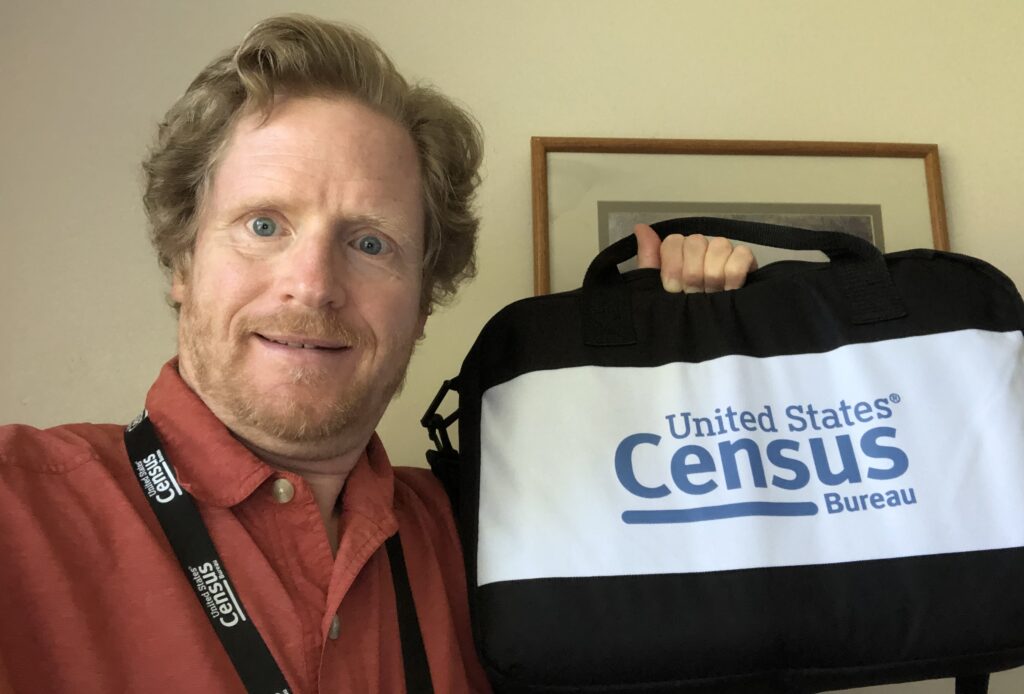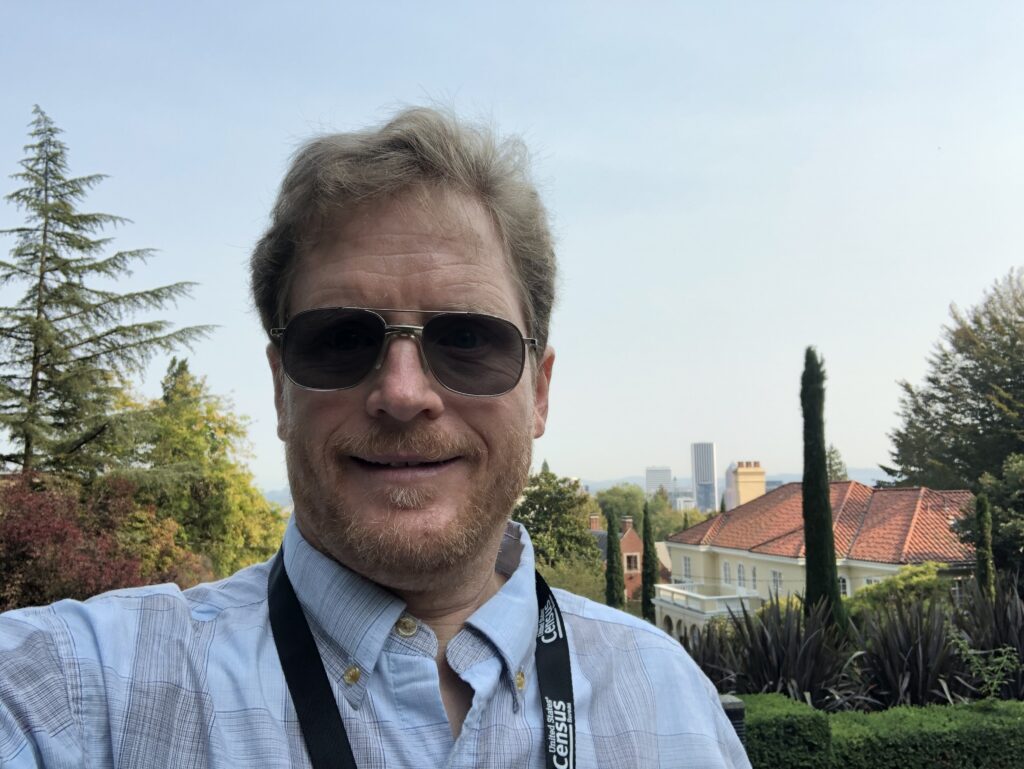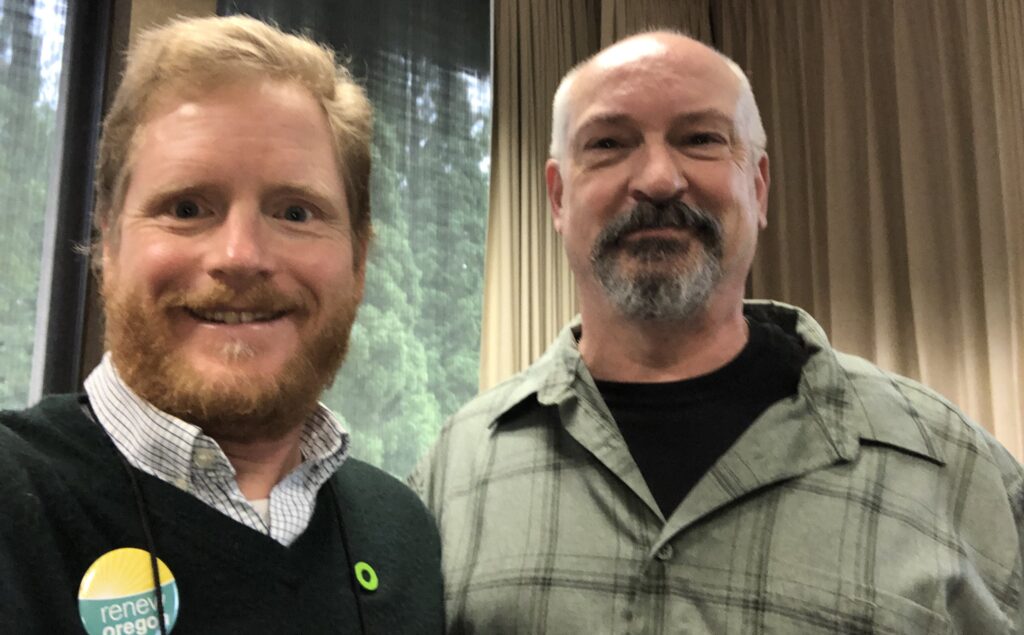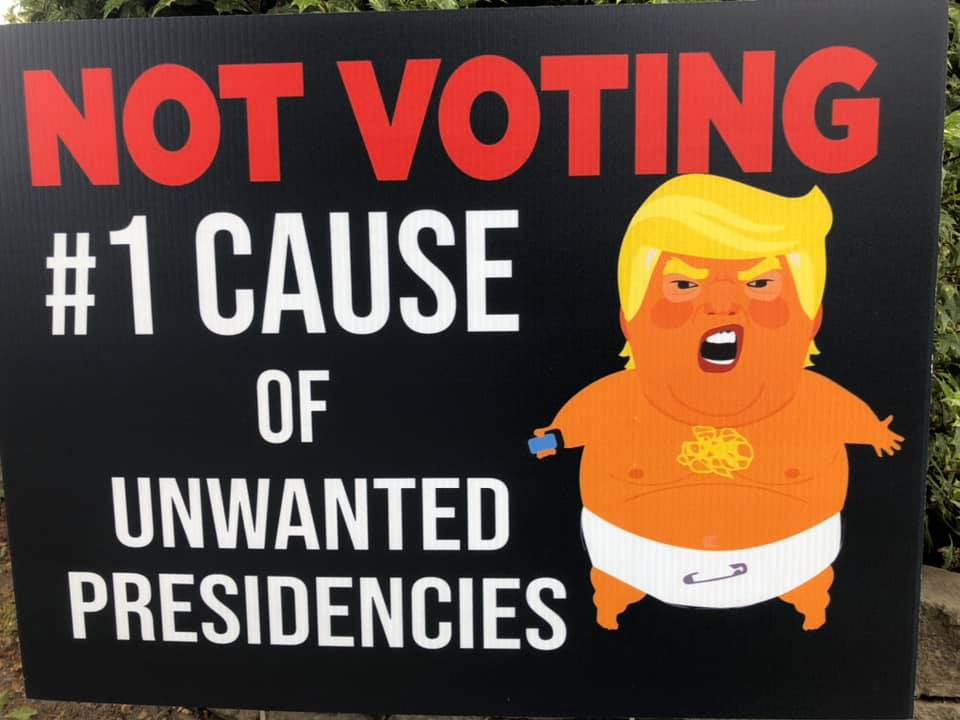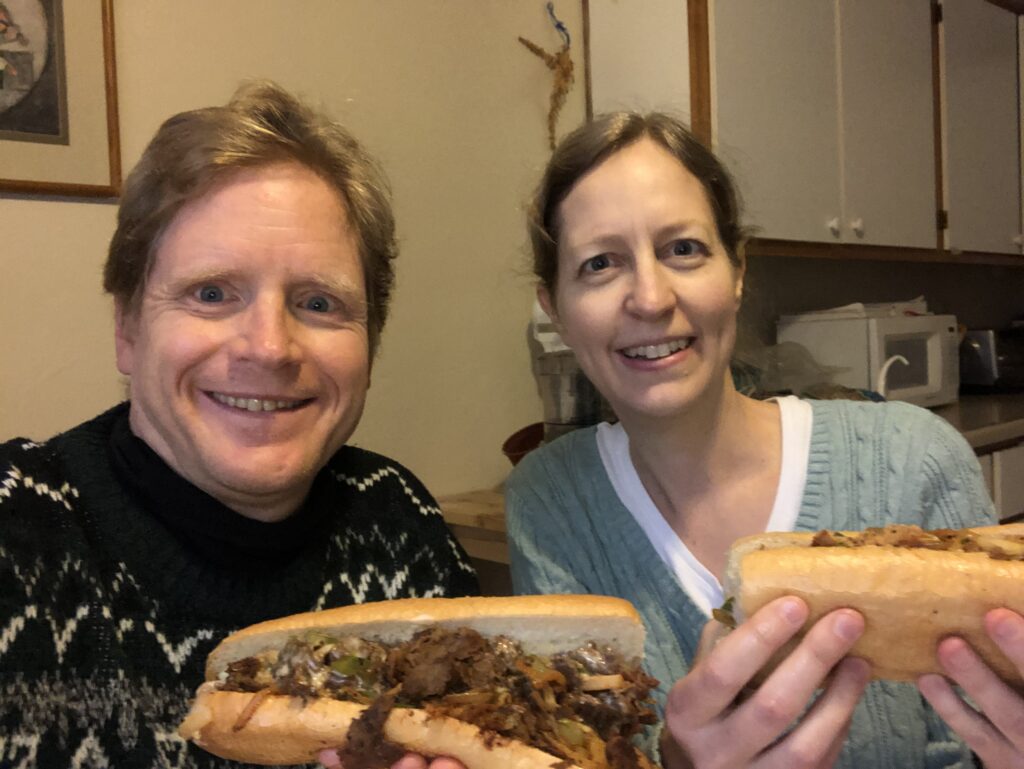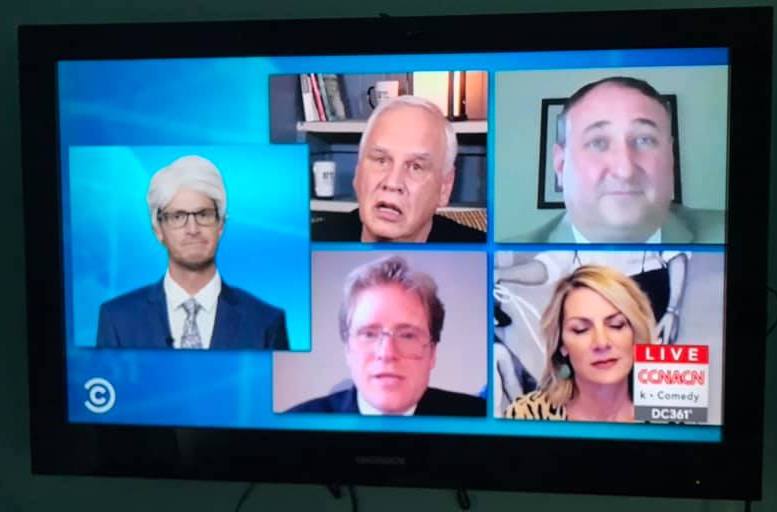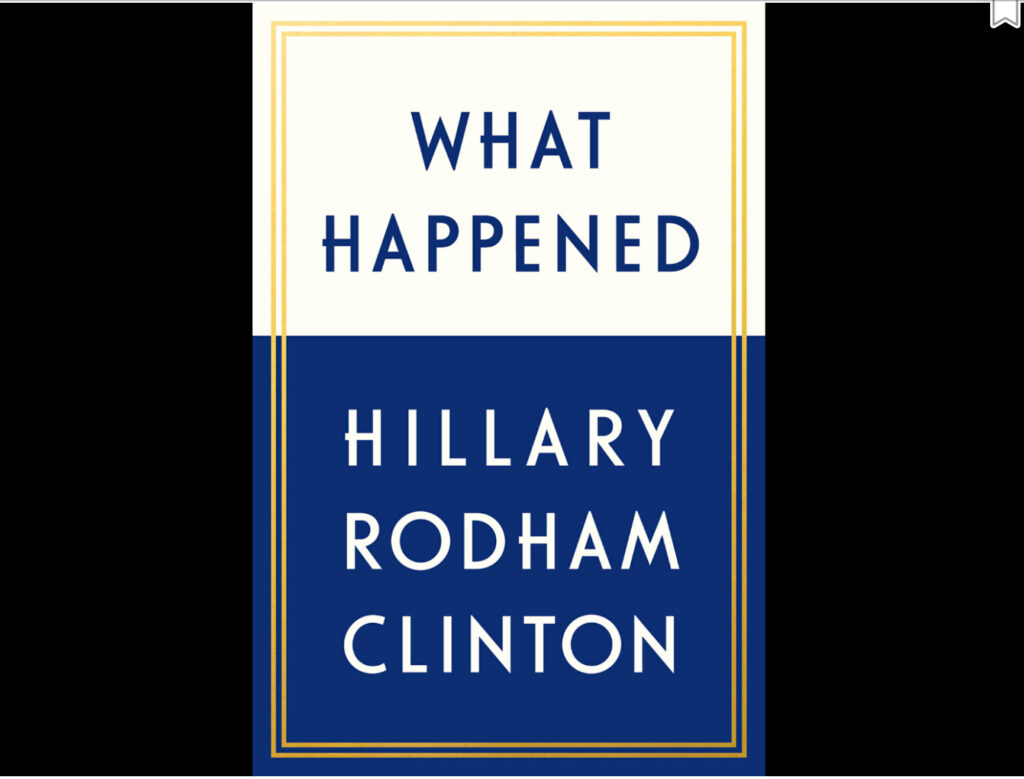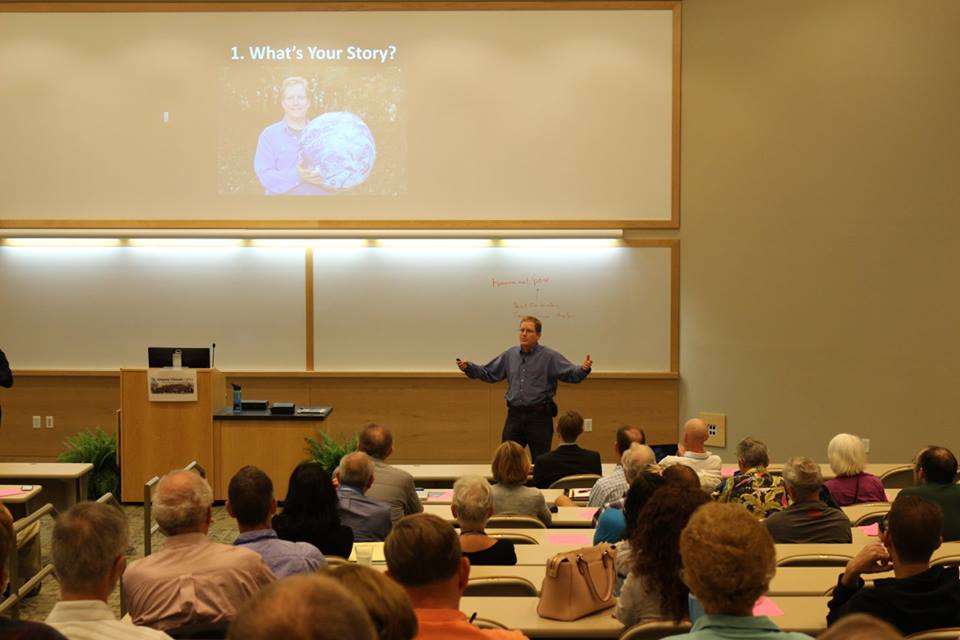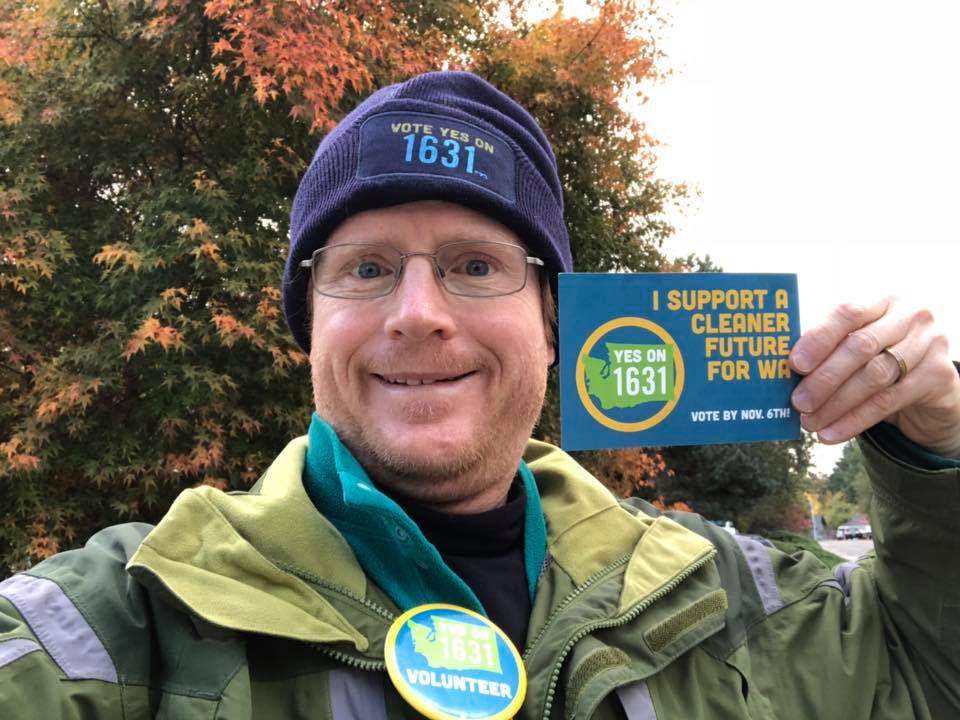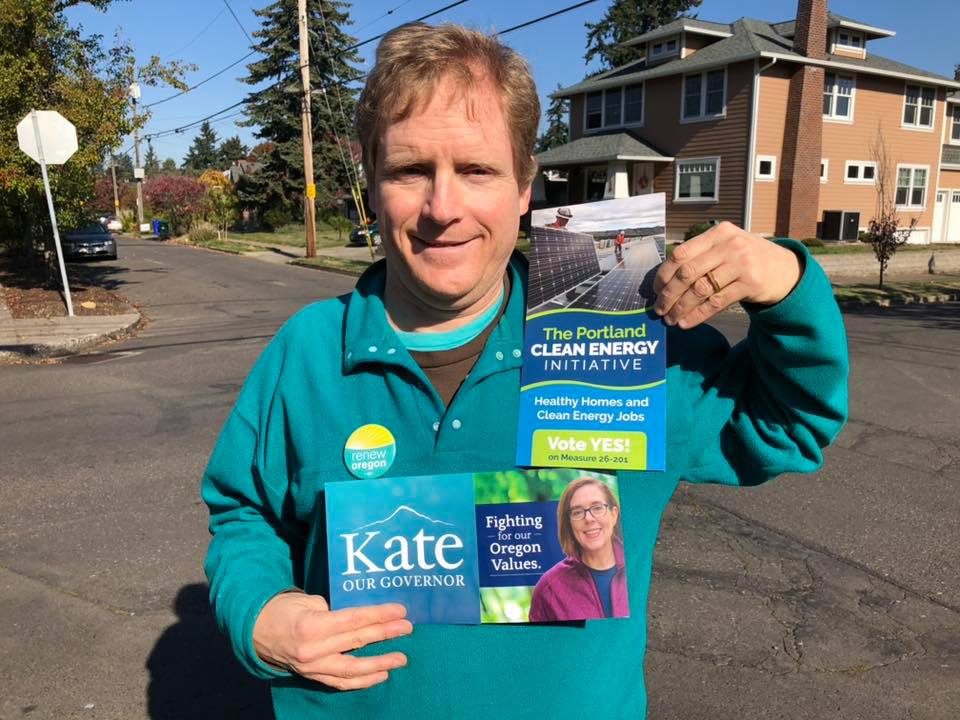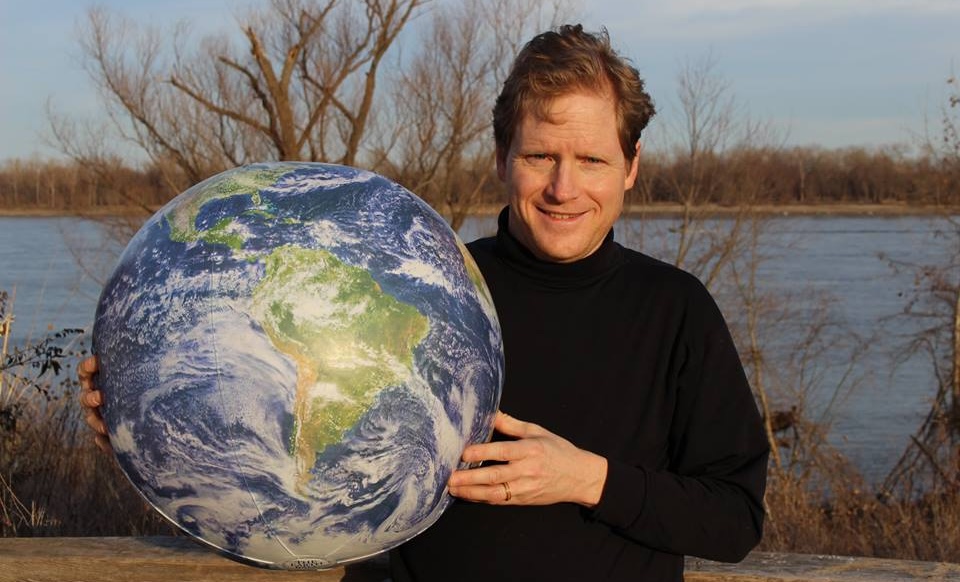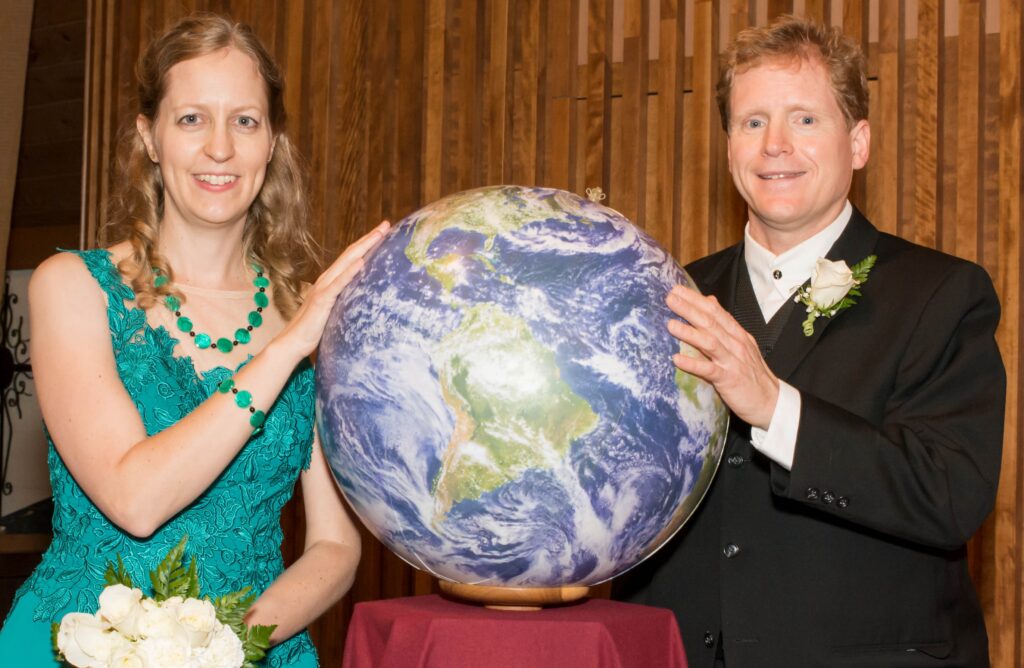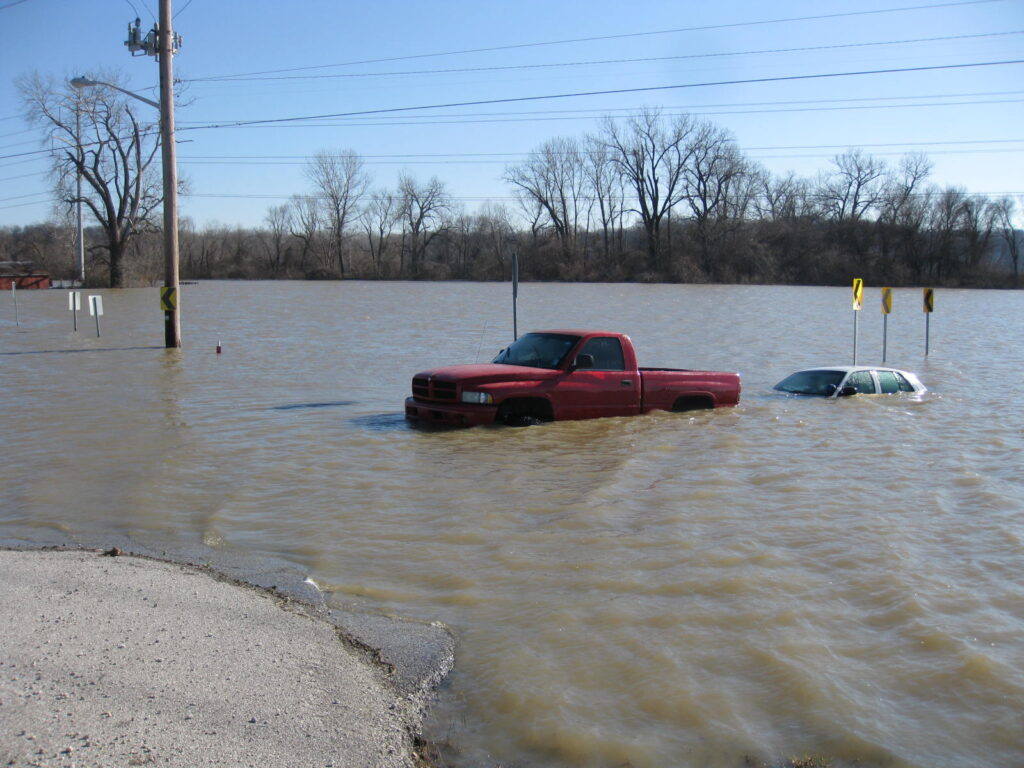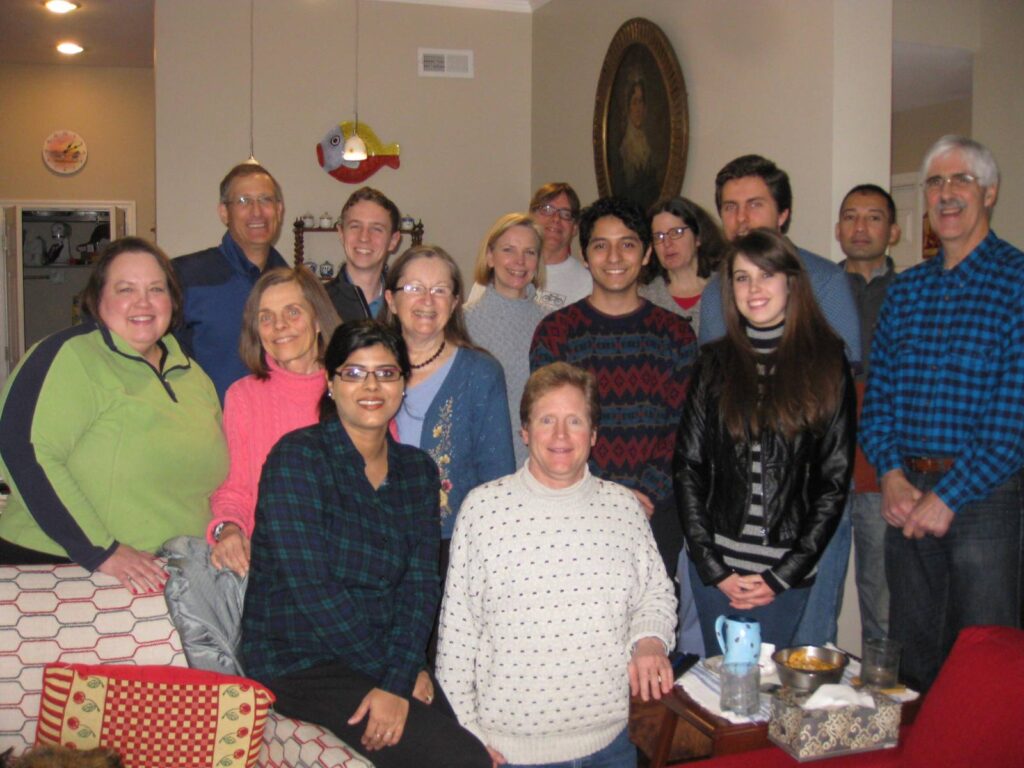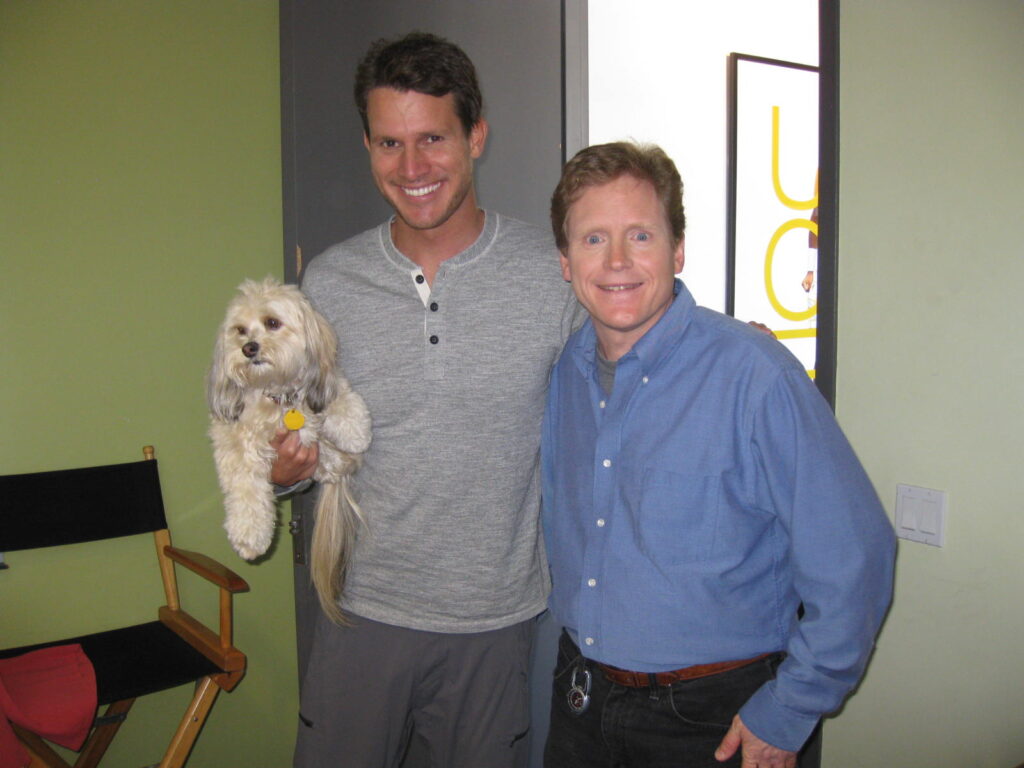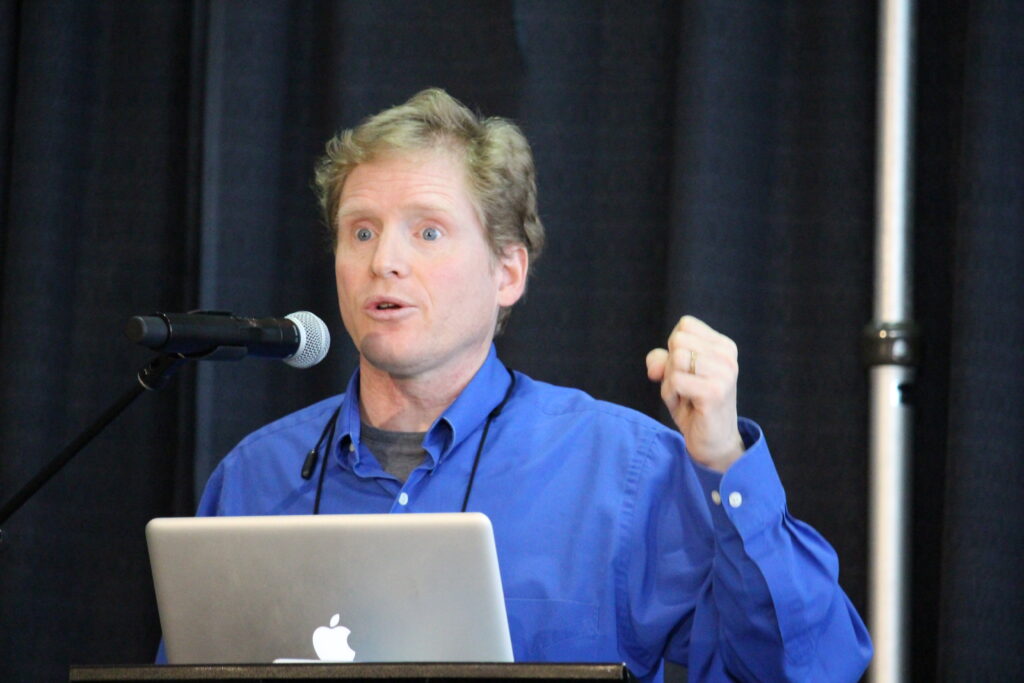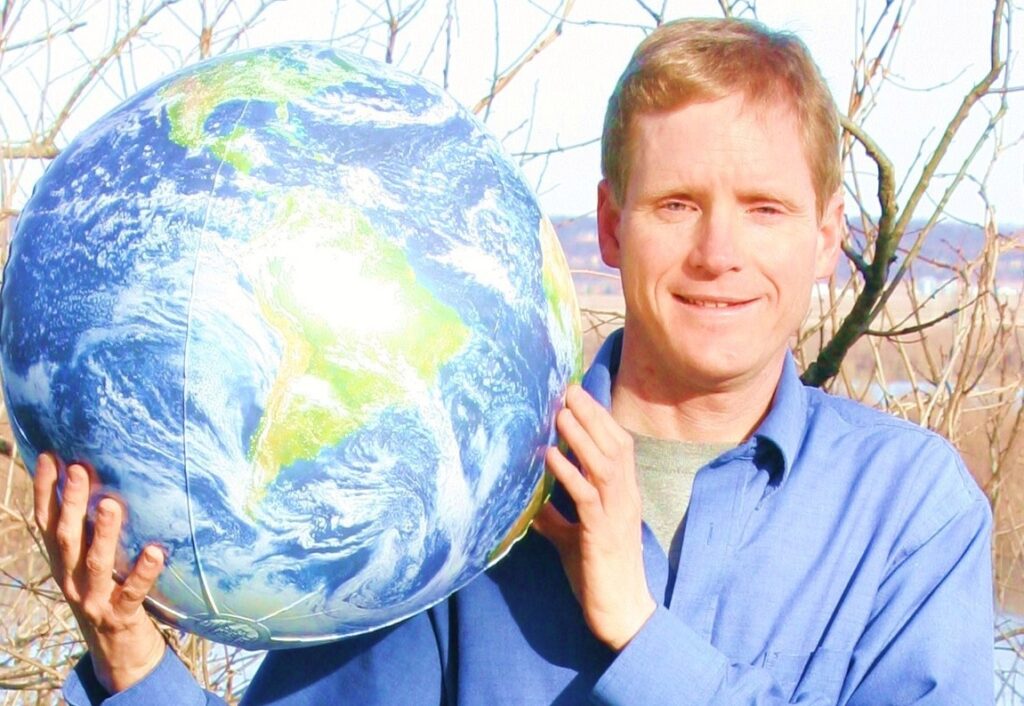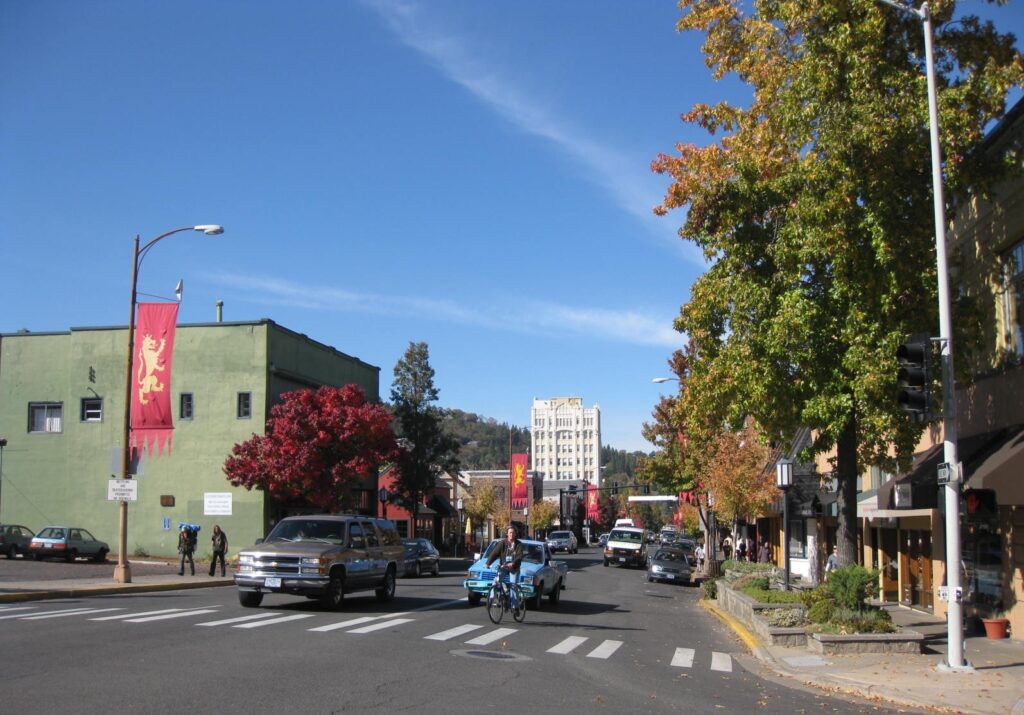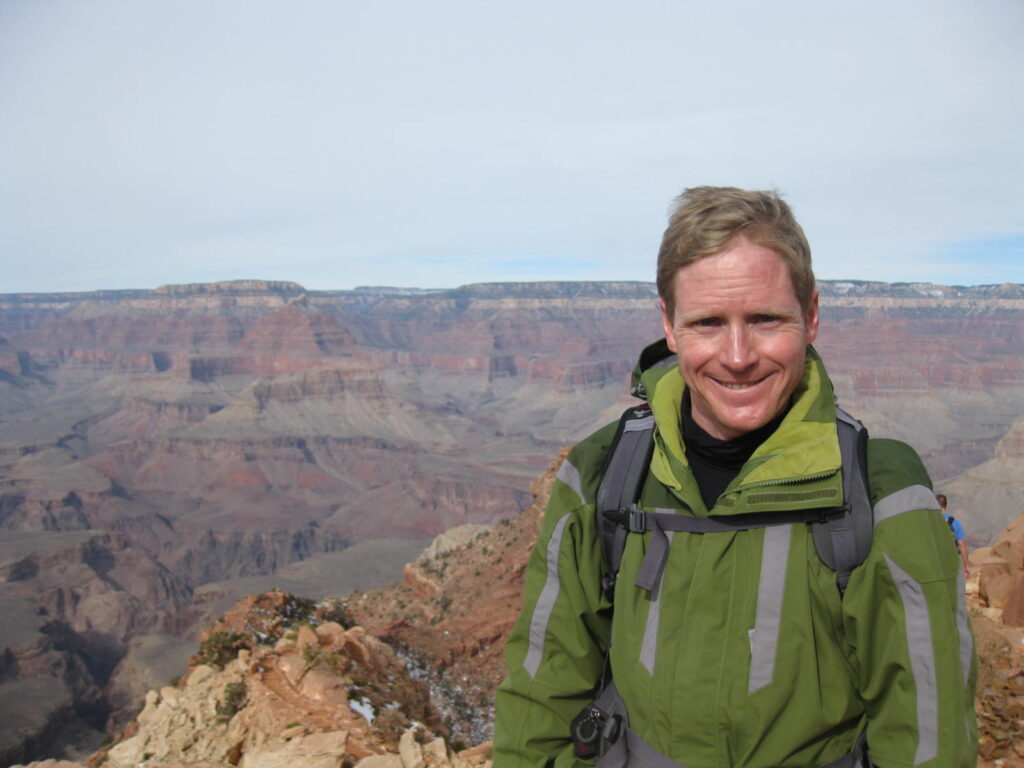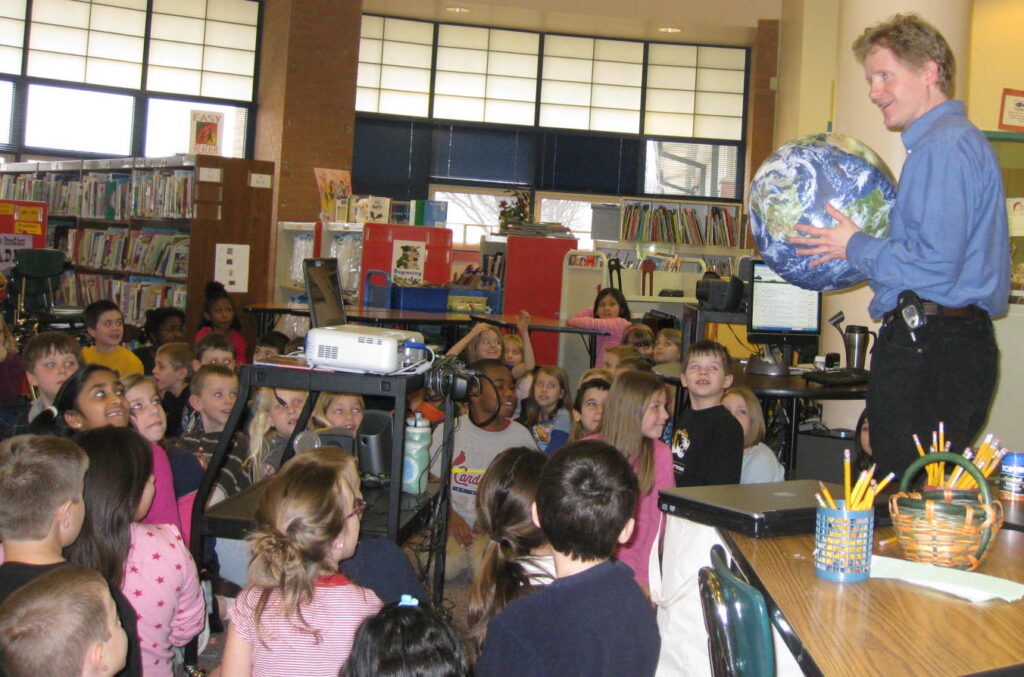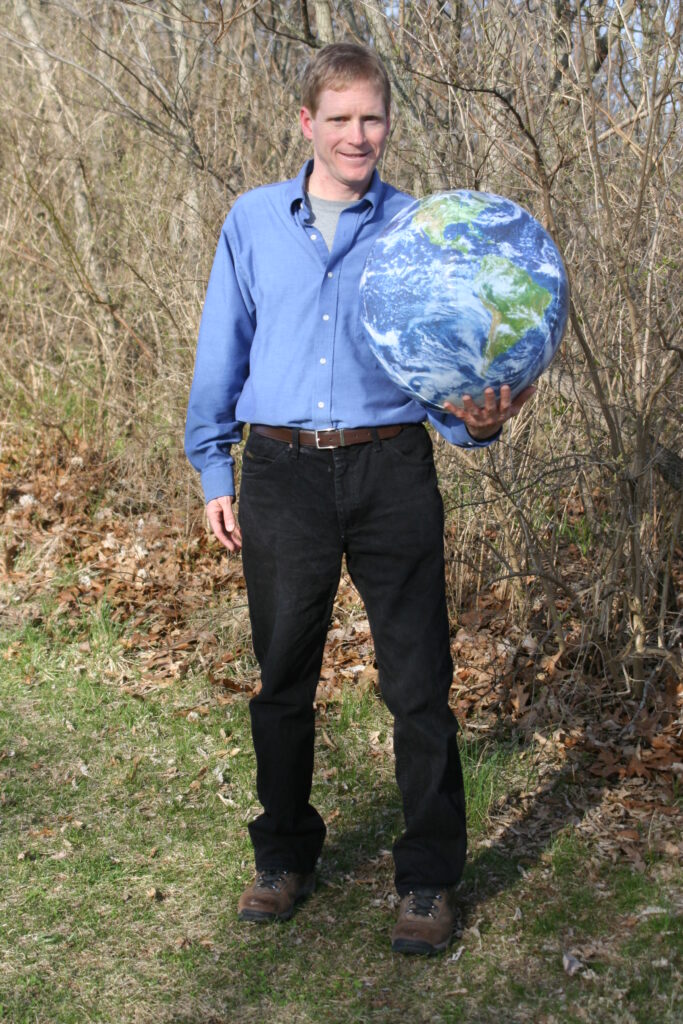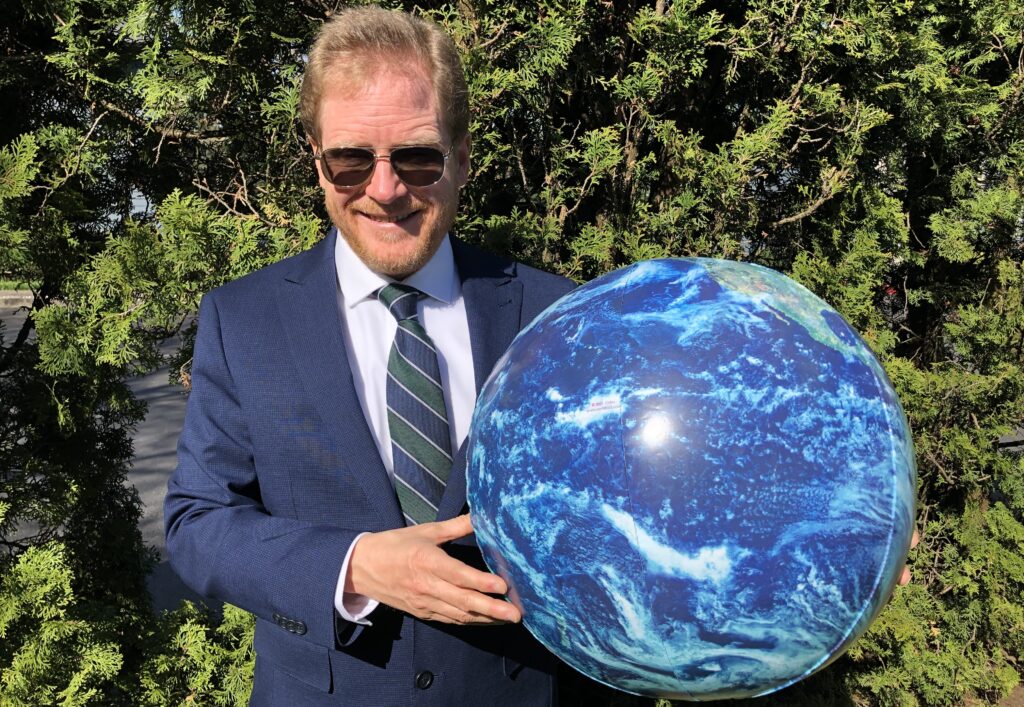
“If something needs fixing, then lace up your shoes and do some organizing.
If you’re disappointed by your elected officials, grab a clip board, get some signatures,
and run for office yourself. Show up. Dive in. Stay at it.”
– President Barack Obama in his farewell address on January 10, 2017
This is the toughest blog for me to write. In fact, I devoted 2023 to blogging and writing about my life story. I felt it was vital for me to write this blog, but I dreaded writing it. For the past 23 years, I have not felt that environmentalists, climate advocates, progressives and Democratic leaning voters were smart about electing Presidential, state level, and local candidates who would protect our environment, planet, and our democracy.
This was a painful blog to write, but I felt I must share my story. Hopefully, someone can learn from my disappointment and letdown I experienced from environmental and climate Democratic voters who allowed awful candidates for President and other elected offices win.
This was such a tough blog to write. I had so much to say that I broke up it into 8 parts:
Part 1, My 1980s childhood in Missouri to witnessing 2000 Presidential Election in Florida
Part 2, My story as a park ranger and rediscovering Al Gore 2001 to 2007
Part 3, Loss of a friend, Leaving Everglades, and finding my passion for climate action 2007-08
Part 4, Healing from grief and Taking Climate Action in Oregon and Missouri 2009-2016
Part 5: My frustration and heartbreak with the 2016 Presidential Election
Part 6: Donald Trump’s Disgraceful Presidency and my climate action 2017-2020
Part 7: Working as a U.S. Census Enumerator and living through Presidential Election of 2020
Part 8, the aftermath of the 2020 Presidential Election: U.S. democracy under attack
A rightwing inclusion into the Oregon state Capitol just weeks before January 6th attack
Things felt weird in December 2020 when Donald Trump did not want to admit he lost the election. A bad sign was when protestors breached the Oregon state Capitol on December 21th.
According to OPB (Oregon Public Broadcasting), “The Oregon State Police declared an unlawful assembly as a growing number of protesters pushed their way through the Capitol doors… chanting, ‘let us in’ and ‘arrest Kate Brown.’ Police officers donned gas masks as they squared off with protesters, some of whom carried firearms and bear spray, and many of whom were not wearing masks (the COVID pandemic was raging at that time).
Among the protesters were members of Patriot Prayer, a far-right group based in Vancouver, Washington, that attracts white supremacists and has engaged in violence.
Oregon State Police reported that officers were sprayed with ‘some kind of chemical agent’ twice while trying to repel people from the Capitol building. Officers had arrested three people as of early afternoon, including a 41-year-old man who state police said sprayed bear mace at police. Those arrests did not dissuade demonstrators, some of whom shattered glass doors into the Capitol while demanding to be let inside. Some members of the crowd harassed or assaulted journalists reporting on the event.”
This disturbed me since I lobbied and attended hearings at the Oregon State Capitol numerous times. I posted on Facebook, “This just really makes me sad. For my friend(s) living in red states upset about people not taking the pandemic seriously, this is what is happening in the blue state of Oregon. Far right protesters trying to disrupt an emergency legislative session trying to provide emergency relief for tenants, landlords and residents need assistance after last summer’s wildfires. I blame this on Trump and far right media. Both have encouraged and inspired this kind of behavior.
In my climate organizing, I have met so many wonderful Oregon legislators who truly want to make a difference on issues such as healthcare, homelessness, education, helping small businesses and climate change. Many have gone out of their way to meet with me, attend functions that I have organized, respond to my emails, and do their best to say yes to my requests.
They are good people wanting to be public servants and make a difference for our community, state, and nation. This mentality of wanting to storm the castle because you don’t want to wear a mask or abide by the advice of the medical community to adhere to social distance measures, needs to stop. Someone is going to get hurt or killed if we continue down this path. We have to do a better job calling out and standing up to far-right extremism. This is not the America that we love.”
Later that day, OPB quoted then House Speaker Tina Kotek, D-Portland, “We will be examining the footage around the doors. Someone let in unauthorized personnel. That’s serious.”
One month later, in June 2021, a YouTube video surfaced that was recorded on December 16th where Oregon Rep. Mike Nearman told a group of citizens, he would let them into the building if they texted him. That video caused the Oregon House to expel Rep. Nearman just one week later. All the Democratic and Republican House members voted to expel him by a vote of 59 to 1. The only Representative to vote against it was Nearman.
Why did I share this side story about Mike Nearman? He paid a price for opening the door for violent protestors to enter the Oregon Capitol Building. He was expelled from the Legislature and plead guilty to official first-degree misconduct in circuit court in July 2021. He had to pay a fine, perform community service, and adhere to an 18 month ban from the Capitol.
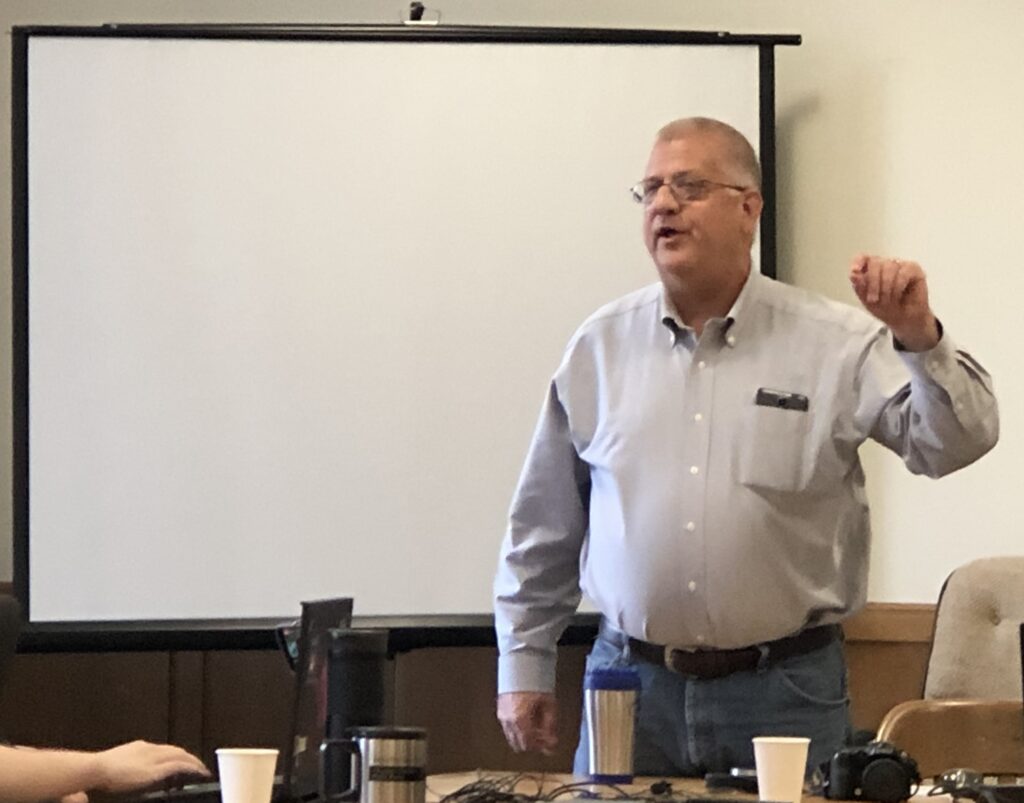
Meanwhile on the federal level, some Democratic lawmakers alleged several of their Republican colleagues conspired with January 6th Capitol attackers. Rep. Mikie Sherrill (D-N.J.) observed some of her fellow GOP lawmakers giving unusual tours on January 5th which amounted to “a reconnaissance of the next day.” As of this writing on December 2023, no Republican members of Congress have been held accountable for actions that may have enabled the Insurrection.
When I posted about the December 21st far right incursion into the Oregon State Capitol, a friend from Missouri responded to my Facebook post, “This is incredibly troubling. I’m really hoping some of this crazy acting out will settle down without someone in the (Trump) White House encouraging it. We’ll see. I’m expecting some drama in the coming weeks leading to the inauguration, especially January 6th. Let’s hope we get through it, and the nation can figure out ways to restore sanity to our civil discourse.”
My thoughts on January 6th attack on U.S. Capitol instigated by President Donald Trump
Apparently, President Donald Trump did not get the memo for a calm and peaceful transfer of power. On January 3, 2021, The Washington Post reported a recording that was also independently obtained by ABC News from the day before of a phone call between President Donald Trump and Georgia Secretary of State Brad Raffensperger. In that phone call recording, Trump demands Raffensperger to ‘find’ him enough votes to win in Georgia.
Trump said, “The people of Georgia are angry. The people of the country are angry, and there’s nothing wrong with saying that, you know, that you’ve recalculated,” Trump said on the call. “All I want to do is this: I just want to find 11,780 votes, which is one more than we have… Fellas, I need 11,000 votes, give me a break.”
This was another stunning new low of the corrupt, unlawful, bullying tactics that Donald Trump would use to stay in power. This seemed even more clear cut to me than Watergate of interfering in the democratic process. I thought he was legally finished after hearing that recording.
The January 6th insurrection and violence at the U.S. Capitol was clearly stoked by Donald Trump’s actions for months. I was at home in Portland, Oregon that day writing when I saw strange alerts about an attack on the U.S. Capitol. As I turned on the TV to see what was happening, I had not felt so nauseous and heartbroken for the USA since the 9-11 terrorist attacks.
I wrote on Facebook during the insurrection, “As an American, I am feeling very sad right now. Donald Trump can’t face reality that he lost his re-election, so he instigated his followers to breech the U.S. Capitol security where Congress was supposed to finalize the Electoral College results. It’s just shocking to see so many people who claim to be patriotic. Yet, (they) don’t believe in the rule of law, democracy, and honoring the results of a free & fair election.”
During that day, the news broke that a woman, later identified as Ashli Babbitt, was shot dead by Capitol Police as she attempted to climb through a broken door to enter the U.S. House of Representatives inside the Capitol Building.
I then posted: “Donald Trump’s political career is finished. No way he is the GOP nominee in 2024. He burned too many bridges now. This woman died because of his arrogance and mental issues that he can’t accept a free and fair election. The blood is on his hands. It is such a tragedy that this woman listened to Trump, right wing media, and her peers to be to participate with this unlawful mob today.”
Later that day on January 6th, I posted an old photo of me from November 2018 taken in front of the U.S. Capitol smiling with my Earthball. I then wrote, “My stomach felt like it was kicked in today. I have had the privilege of traveling to Washington D.C. and lobbying Congressional Offices for climate action 8 times in the past 4 years. It is one of my biggest thrills whenever I get to lobby Congress for #ClimateAction. If you ever get a chance to lobby Congress, I highly recommend it. This is a sacred place of our American democracy. It made me sick to see this unruly and unlawful mob desecrate this sacred and hollow ground. These are also sacred grounds to peacefully protest to speak truth to power in a way that respects and honors members of Congress and their staff while they try to do their jobs.”

As an American who loves our democracy and U.S. Capitol Building, I felt assaulted by Donald Trump and his supporters by the violent insurrection on January 6th. It shook my faith that the America had a stable and solid democracy. As I watched live on TV, it looked like the American equivalent to the 1933 Reichstag Fire in Berlin that Adolf Hilter and the Nazis used to consolidate power in Germany that eventually led to World War II.
Fortunately, the U.S. Capitol Police and the U.S National Guard were able to reassert control over the U.S. Capitol on January 6th. Congress was able to complete its duties to certify the 2020 Presidential election. Joe Biden would still be inaugurated as President and Kamala Harris as Vice President on January 20, 2021. I drove Tanya to work on Inauguration Day. After I dropped her off at work, I noticed a magnificent sunrise that morning. I drove to our local duck pond to get photos of the dawn sky with the silhouette of Mt. Hood in the background.
I then posted photos on Facebook with this caption, “Good morning from Portland OR! It’s a beautiful new day locally and for all of America!”
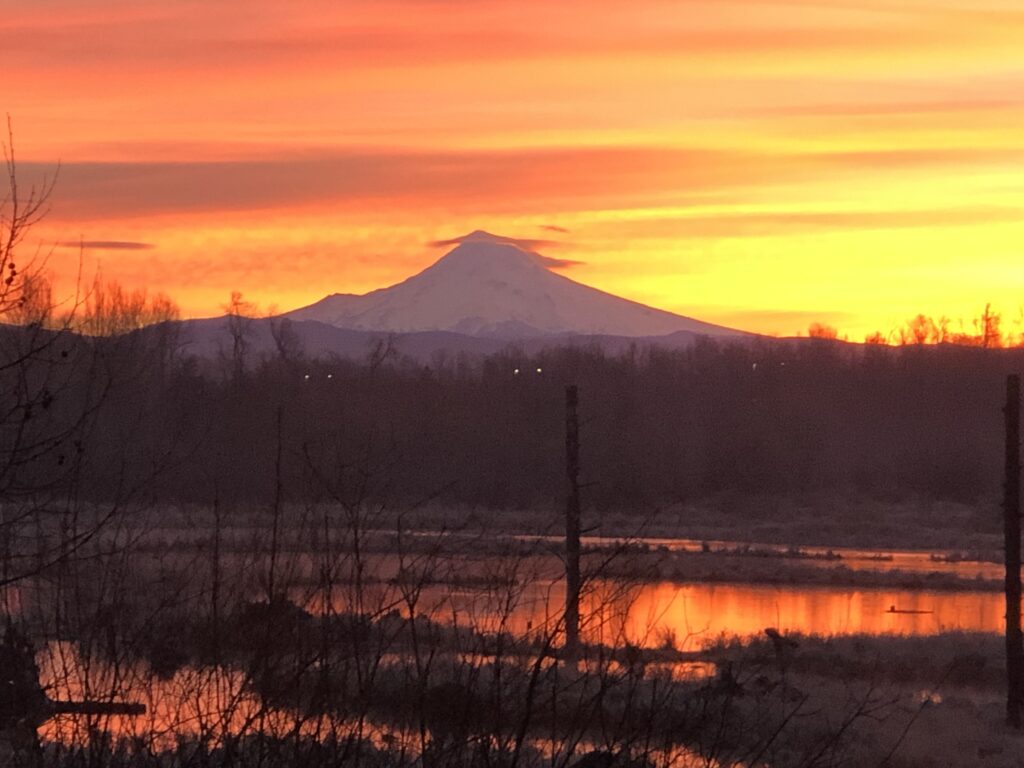
It was a new beginning for the U.S. that day. The good news is my wife Tanya and I live in Portland, Oregon, so Donald Trump would no longer be President at 9 am Pacific time, which was noon Eastern time. The 20th Amendment of the Constitution stipulates President and Vice President’s term ends at noon on the 20th day of January. I normally don’t watch TV, but it was on all day to absorb in our household that Joe Biden was the new President of the United States.
America survived Donald Trump and his extreme followers. Just barely. Even before January 6th, experts on democracy were calling Donald Trump’s attempts in November and December 2020 to overturn and steal the election as a ‘Dress Rehearsal’ Coup. An article for the New York Intelligencer on December 27, 2020 was titled, “Is Trump’s Coup a ‘Dress Rehearsal?’”
Among the experts quoted for this article were Harvard political scientists Steven Levitsky and Daniel Ziblatt, the co-authors of the book, How Democracies Die. Levitsky commented, “I worry that this whole post-election process has been the dress rehearsal.”
Levitsky cited Vladimir Lenin’s quote that the Russian Revolution of 1905 as the “dress rehearsal” for the October Revolution of 1917, which put the Bolsheviks in power. He pointed out that not only have Republicans found that “their base won’t punish this sort of behavior, they’ll likely applaud it.” He added, “none of this stuff can be unlearned.”
With Trump’s actions during his Presidency, plus his post-election attempts to nullify the 2020 election, Levitsky, Ziblatt, along with other political scientists and experts on democracy, already had their hair on fire. The January 6th Insurrection probably had them spilling their coffee.
Lisa Simpson said it well in this widely circulated meme I found (don’t know who originated it) and posted on social media on August 16, 2023:
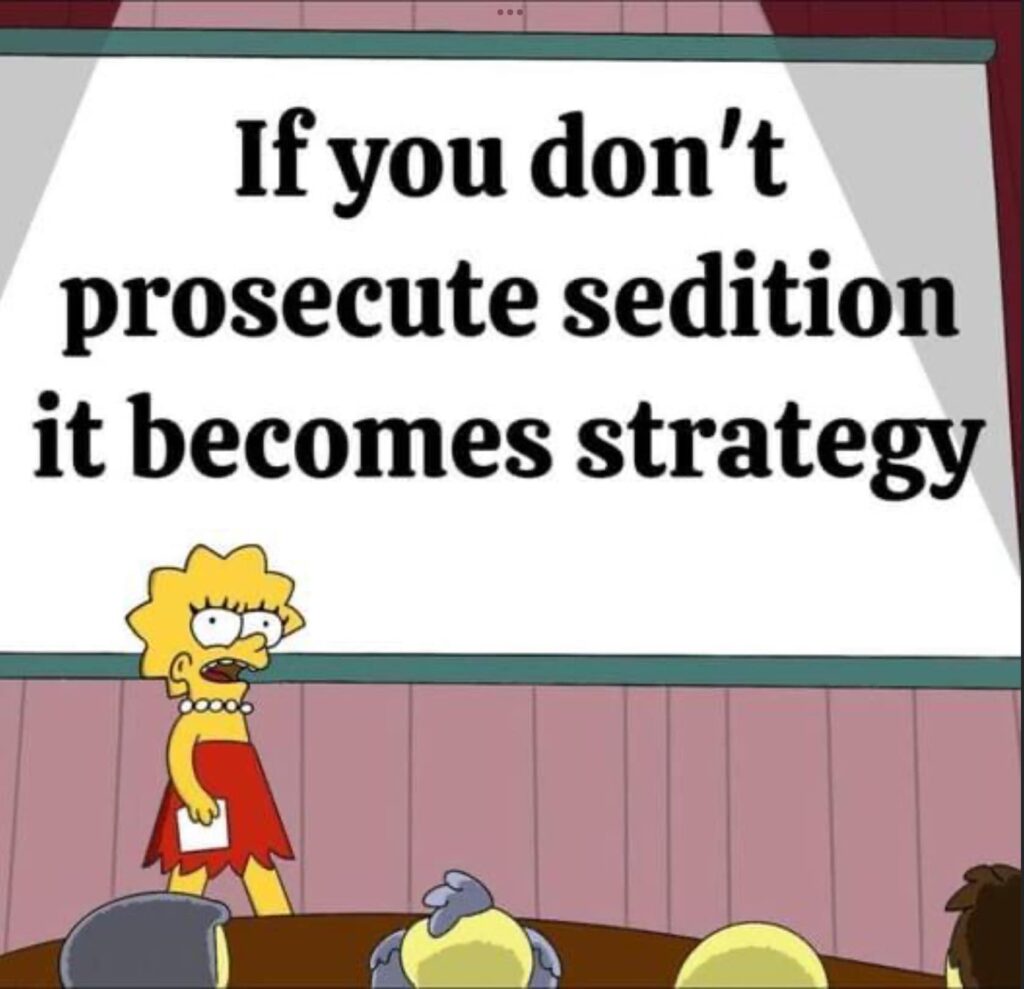
Like many Americans, the January 6th Insurrection made me away that U.S. democracy is in a very precarious state. It’s survival really does depend upon our actions.
Organizing an Oregon legislative resolution for climate action
In 2019 and 2020, I developed good rapport with several Oregon Legislators as I lobbied them to try to pass the cap and invest bills to tackle climate change. I continued to engage with Oregon Legislators in the summer and fall of 2020. With those summer and autumn lobby meetings, I led the efforts with Oregon CCL volunteers for over 30 Oregon legislators to endorse the CCL federal bill, the Energy Innovation and Carbon Dividend Act (EICDA).
During one of these meetings, Oregon Rep. Tiffiny Mitchell asked if she could introduce a state resolution endorsing the EICDA. Representative Mitchell did not run for re-election. Thus, Senator Michael Dembrow proudly introduced the resolution on the Oregon Senate floor on February 4, 2021, when it officially became known as Senate Joint Memorial 5 or SJM 5.
SJM 5 passed the Oregon Senate on April 7th by a vote of 23 to 5, with 6 Republican Senators, half of the Oregon GOP Senate caucus, joined all the Democratic Senators present to vote to support it. Unfortunately, SJM 5 fell short of receiving a floor vote in the Oregon House in June 2021. It was exciting was that 30 House members, including 7 Republicans, signed on to co-sponsor it. The Oregon House has 60 members. Half the chamber was SJM 5 co-sponsors.

The worst part of this defeat was Oregon CCL leadership becoming very angry when the OR House Democratic Leadership refused to give SJM 5 a floor vote. After I experienced two dreadful GOP walkouts that defeated the 2019 and 2020 cap and invest bills, I never believed SJM 5 would pass until I saw it with my own eyes. The Oregonian published an opinion editorial (op-ed) from Oregon CCL leadership and I disagreed with the tone. Former Rep. Tiffiny Mitchell advised us not to publish it since it seemed to attack OR House Democratic Leadership.
I pleaded with the Oregonian and Oregon CCL leadership to re-edit the op-ed to be more gracious, but they ignored my input. Oregon CCL then organized a protest at the Capitol that I did not want to participate. It looked pointless. OR House Leadership conveyed to me in a clear message that SJM 5 would not receive a vote. The reactions of the CCL Leadership Team after SJM 5 died left me feeling disenchanted with CCL and the climate movement.
In autumn of 2021, I began writing a blog which turned into over 82 pages. It looked like a possible book with the title, Why I Quit the Climate Movement. However, that title and those writings felt too pessimistic. I set those writings aside in 2022 to work on political campaigns for state legislators. I focused on trying to elect local Democratic candidates who would protect our democracy. The violent insurrection at the U.S. Capitol in Washington D.C. on January 6, 2021 was still fresh on my mind. It frightened me that we came close to losing our democracy.
Canvassing for Oregon Democratic candidates in 2022
In March 2022, my Climate Reality friend Raz Mason invited me to work on her Oregon Senate campaign as “The Volunteer Coordinator.” I relished this role to deliver lawn signs, recruit volunteers, organize fundraising house parties, call friends to contribute her campaign, and knock on doors in Oregon Senate District 26. Raz was running to represent the Senate District on the east and southeast exurbs of Portland, Oregon. I worked all spring and summer in this role until Raz became worried about her campaign funds running too low to pay me.
In September, Raz encouraged me to apply to be become a full-time paid canvasser for the East County Rising (ECR) community organization. ECR is a social justice organization that focuses on getting out the vote to elect progressive Democratic local candidates for the eastern part of the Portland metro area. I canvassed full time for ECR, knocking on thousands of doors in the final two months of the campaign, up until the November 8th election.

Sadly, Raz Mason did not win her Oregon Senate campaign. However, nearly all the candidates that I canvassed for ECR won their campaigns.
Like many Americans, I was relieved that Democrats nationwide did well in the 2022 mid term election. The Democrats were able to flip a seat to get full control of the U.S. Senate. The Republican “red wave” that was supposed to happen turned out to be a ripple with the U.S. House flipping to just a 4-seat majority for the Republicans.
Besides me, looks like many Democratic and independent voters were concerned about the future of democracy in the U.S. That was one of the top issues, as well as anger over the Supreme Court overturning abortion rights.
In 2023, I am focusing my efforts on writing blogs that I want to eventually turn into a memoir. As I wrote in the opening paragraphs of this blog, my working title for a book is From Park Ranger to Climate Activist: My Peaks and Valleys on this Journey. I hope someone would be interested in reading my life stories as a park ranger to climate organizer.
Besides focusing on my writing, I accepted an invitation to speak at my old South County Toastmasters group in St. Louis on April 19th. In June, I had a productive trip to Washington D.C. attending the Citizens’ Climate Lobby Conference and Lobby Day at the U.S. Capitol to have lobby meetings with Congressional offices. I even chatted with a member of Congress who knows me, Rep. Andrea Salinas of Oregon. As she was briskly walking from a committee meeting to her office, I quickly talked with Congresswoman Salinas to urge her to support a specific climate bill. On July 31st, I was featured on the Climate 4 Fun podcast.
We must save our democracy by strongly participating in the 2024 Presidential Election
For over 7 years now, historians and political scientists have rung the alarm bell about Donald Trump as a dangerous as a wannabe strong man authoritarian and autocratic dictator. One of the first experts I noticed speaking out was Timothy Snyder, the Richard C. Levin Professor of History at Yale University. In 2017, he wrote a book called On Tyranny: Twenty Lessons from the Twentieth Century. I first noticed Dr. Snyder on TV when he was interviewed by Trevor Noah for The Daily Show on May 15, 2017.
During that interview, Snyder’s central point was that “Germans and the Soviets and other people who saw democracies collapse were just as smart as we were if not smarter. So, it may be time to learn from them what we can do to defend democracy. That’s the book.”
I finally got around to read the book in December 2022. I thought it was a very helpful pocket-sized guidebook to stand up to tyranny. On February 8, 2023, Timothy Snyder gave a 32 minute TED talk interview “Is Democracy Doomed? The Global Fight for Our Future.”
I thought that Dr. Snyder had a very remarkable ending to this interview that ties closely to my thoughts that we can’t effectively tackle climate change without a thriving democracy. He said:
“I try really hard to make sure I am listening to my kids, because in a way, all this is all about them. Like the big collapse that could happen where democracy and climate and all these things get intertwined. I mean, one of the premises of my book…is that we will either be free and secure or we will die under tyranny. That freedom and security go together. I think that freedom, democracy, security actually go together.
If we’re going to get out from under climate change, it’s going to be as free people. And if we end up in tyrannies, those things are going to tend to accelerate climate change and profit from it so there’s a negative intertwining over here and a positive one over here.
I think that’s something that we can stress with kids. Not say, ‘Oh, you’re going to be in this terrible future where you’re going to have to choose between security and freedom.’ … I think we have to teach,
Look, if we get the freedom and the democracy part right, we can get the climate part right. And if we get the climate part right, that’s going to help us get the democracy part right.”
In 2023, I did a lot of blogging to capture my life’s story from a park ranger to a climate change organizer. In between writing my personal story, I kept stumbling across the danger that Donald Trump poses to American democracy. Such as these articles, “Don’t Say You Haven’t Been Warned About Trump and 2024” by Susan B. Glasser in the New Yorker on May 11, 2023.
“Trump plans to massively expand executive power if elected, report says,”
PBS Newshour, July 19, 2023.
“Authoritarianism Expert Warns Why It’s Critical To Listen To Trump’s Words Right Now,”
by Lee Moran. HuffPost on July 20, 2023.
“Trump and his allies Forge Plans to Increase Presidential Power in 2023,”
by Jonathan Swan, Charlie Savage, and Maggie Haberman. NY Times, July 17, 2023.
“New charges against Trump focus on lies. Scholars see an authoritarian playbook,”
by Odette Yousef. NPR August 7, 2023.
“Presidential centers from Hoover to Bush and Obama unite to warn of fragile state of US democracy,” by Gary Fields Associated Press News, September 7, 2023.
In July 2023, I watched YouTube videos featuring Historian Ruth Ben-Ghiat, who researches authoritarianism, democracy protection, and propaganda at New York University. I remember the best advice she gave for standing up to rising authoritarians such as Donald Trump. She recommended mass protests to get ‘the elites on your side.’ Historian Heather Cox Richardson advises the best way to stop Trump and the authoritarian movement in the U.S. is to “take up oxygen.” In other words, speak out that our fellow citizens know there is a threat to our democracy.
The advice of historians Ruth Ben-Ghiat, Timothy Snyder, Heather Cox Richardson and others convinced me that we need a big march supporting democracy on Washington D.C. with sister marches in other cities across the U.S. This would be modeled after the Women’s March in January 2017, the March for Science and the People’s Climate March in April 2017, as well as the March for Our Lives in March 2018. My aim was to have this march on January 6, 2024 to take back that day from the far right extremists who attacked the U.S. Capitol on January 6, 2021.
On August 6th, I posted a photo of me holding an American flag seeing if anyone would want to help me organize a March for Our Democracy. I only received a lukewarm response from friends and my post did not seem to gain traction.

On August 6th, I posted a photo of me holding an American flag seeing if anyone would want to help me organize a March for Our Democracy. I only received a lukewarm response from friends and my post did not seem to gain traction.
For the rest of August and the first week of September, before I left on a 10 vacation with Tanya and her parents and other extended family to see Glacier National Park, I called up friends who are climate organizers to share my idea for a January 6th democracy march. I did not receive much of a response. One fellow climate organizer, Jill Macintyre Witt, suggested a different day since the Trump supporters might think of it as their day to march, which could cause chaos having a March for Democracy that day. I thought that was helpful feedback. I was not necessarily attached to the specific day. I just thought it was important to have a national march to promote the importance of democracy with the current threat from the Trump movement.
I gave up on the idea in September when it felt like it was going nowhere. However, that was always a dream of mine to organize a large national march in Washington D.C. After the heartbreaking loss when Al Gore did not become President in 2000, partly because of Ralph Nader syphoning off votes in Florida, I wanted to organize a national march. I first got the thought in January 2001, around the time George W. Bush was inaugurated as President.
My decades long dream to have an effective March of Washington D.C.
In October 1995, I was intrigued seeing on the TV news about the Million Man March to promote African American unity and family values. Even more, I was inspired to organize my own march after seeing on TV the Million Mom March on Mother’s Day, May 14, 2000, to call for an end to gun violence. At that time, I worked as a naturalist guide in Flamingo, Florida. My friends and co-workers in Flamingo, Sundae Horn and Rob Temple, went to Washington D.C. to attend that march. Afterwards, Sundae told me how family friendly it was with people of all ages, especially moms pushing strollers. Rob commented that when he looked around at the diverse sea of people at the march it looked like “people that you would want as your neighbors.”
Thus, in January 2001, I had a vision for a Million Green Voter March. I hoped Al Gore and Ralph Nader would attend to bring some healing in the environmental movement after the bitterness of the 2000 election. I longed to see environmentalists come together. When we are divided, conservative Republicans with dismal environmental records, like George W. Bush win.
I asked Sundae if she knew anything about who organized the march and how long it took her to organize it. Sundae replied that the lead organizer stated publicly that it took her 9 months to organize the march, “because a mom would know.”
In 2000, I read the book Legacy of Luna: The Story of a Tree, a Woman and the Struggle to Save the Redwoods by Julia Butterfly Hill. I marveled at her story. On December 10, 1997, she climbed 180 up to the canopy of a Redwood Tree named Luna. This tree stands on a ridge above the town of Stafford in northern California. Julia lived near the top of Luna for 738 days (over 2 years and one week) as a protest to protect that grove of Redwoods trees from the imminent threaten of getting clear cut by Pacific Lumber logging company, part of the Maxxum Corporation.

I remember seeing her story on TV in December 1999 when she came down from the tree successfully negotiating permanent protection for Luna and the surrounding trees from logging. I remember seeing her TV crying her eyes out as touched the ground for the first time in two years and had won her hard-fought battle to protect those trees. Since I was an environmentalist living in the Everglades, I hoped to meet her. I wanted to invite her to help me organize or at least speak my Green Voter March.
I donated to her organize Circle of Life and wrote a letter hoping to chat with her about my idea. Sadly, I just received a message from someone on staff at Circle of Life saying that ‘Julia said, “thanks” and she advises you to start small.’
I was very disappointed with her response. Even worse, I did not have any other contacts at that time to advise me how to put together a Million Green Voter march. Since it took about 9 months for the Million Mom March to happen, I thought I would plan it for September 2001. The march did not happen because I did not have any one to partner with to make it happen.
Even worse, the 9-11 terrorist attack happened in September 2001. It seemed like Osama Bid Laden really set the environmental movement back. The attention of America and the world then shifted to responding to that terrorist attack and the invasion Afghanistan and Iraq in the following years. The Million Green Voter March was not meant to be.
Who knows if I can still organize a March for Our Democracy. I want to do something big to protect our democracy in 2024. I might end up doing something big. If not, I will still be proud to canvass for local Democratic candidates in Oregon who want to uphold our democracy.
After the depressing Presidential election defeats of 2000, 2004, and 2016, I am determined to be involved in election campaigns to 2024 to uphold our democracy. I tried totally stepping away from politics in 2008. In 2012, I thought I could just make a difference by giving climate change ranger talks at Crater Lake National Park. I came to realize former Vice President Al Gore is spot on that ‘We can’t fix the climate crisis without first working on the democracy crisis.’
We simply can’t ignore or have a lack of imagination about this threat to our democracy. On October 23, 2023, Historian Heather Cox Richardson made a sobering comment in an interview she gave at the LBJ Presidential Library in Austin, Texas. She said:
“If former president Donald Trump or a trump-like figure is elected president or takes the presidency in 2024, we will lose American democracy for our lifetimes.”
Working on the democracy crisis, as well as lobbying for climate action, is what I will do until the Presidential election of November 5, 2024. Others, including you reading this, will need to step up to vote, organize, and support Democratic candidates in 2024 who will uphold our democracy. I am counting on you!
Please contact me if you are interested in partnering with me.
I will leave you with this internet quote meme that I recently found from Swedish climate activist Greta Thunberg about the importance of protecting science and democracy.


